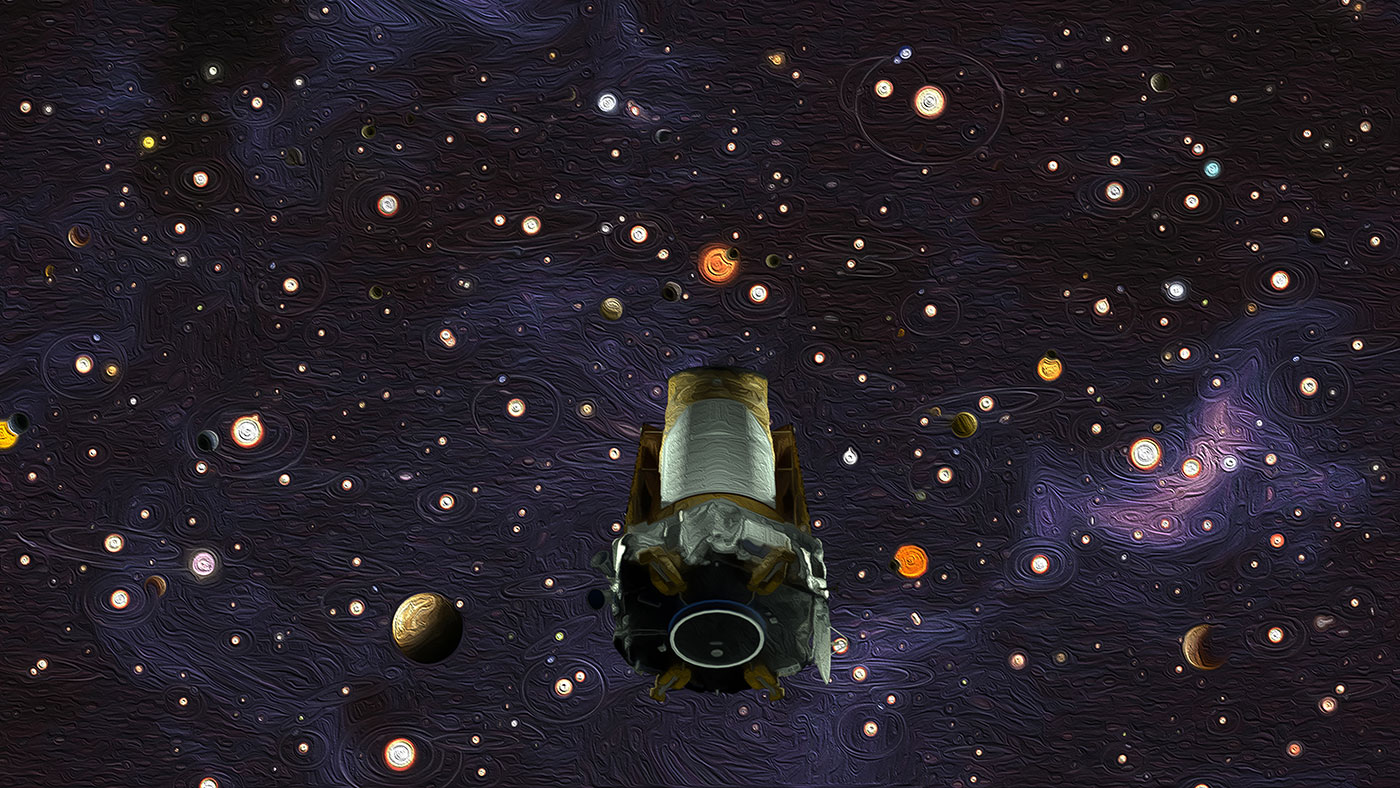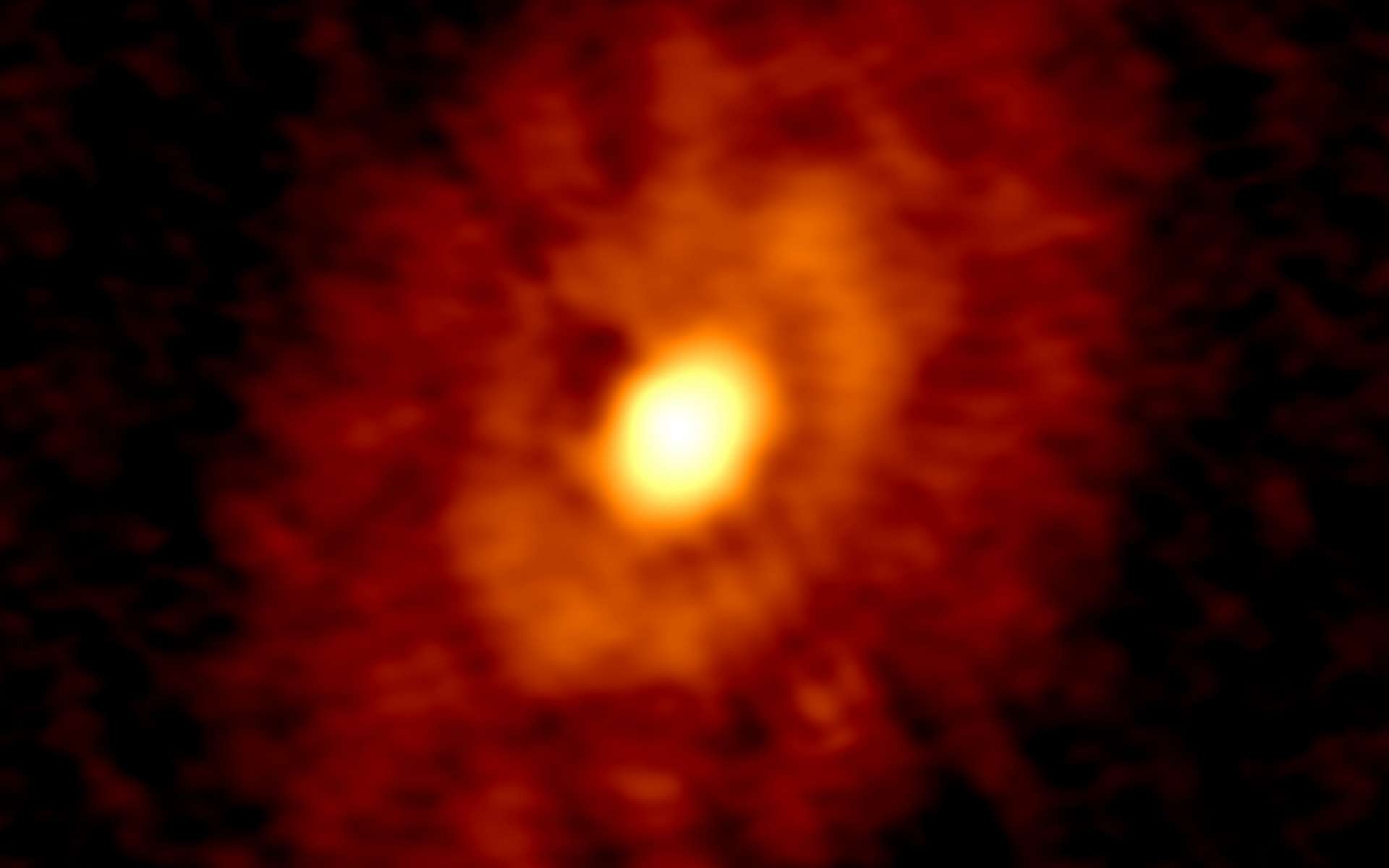The planets in our solar system are broadly divided into two groups: small, rocky worlds like Earth, and large gas giants. Before the discovery of exoplanets, it was thought that our solar system was very typical. The light and heat of a star push the gas to the outer solar system, while heavier dust remains closer to the star. Thus a solar system has close rocky planets and distant gas giants. But we now know that planets and star systems have much more diversity.
Continue reading “Heard of Mini-Neptunes and gas-Dwarfs? Here's a new one: sub-Earths”Beyond “Fermi’s Paradox” XII: What is the Waterworlds Hypothesis?
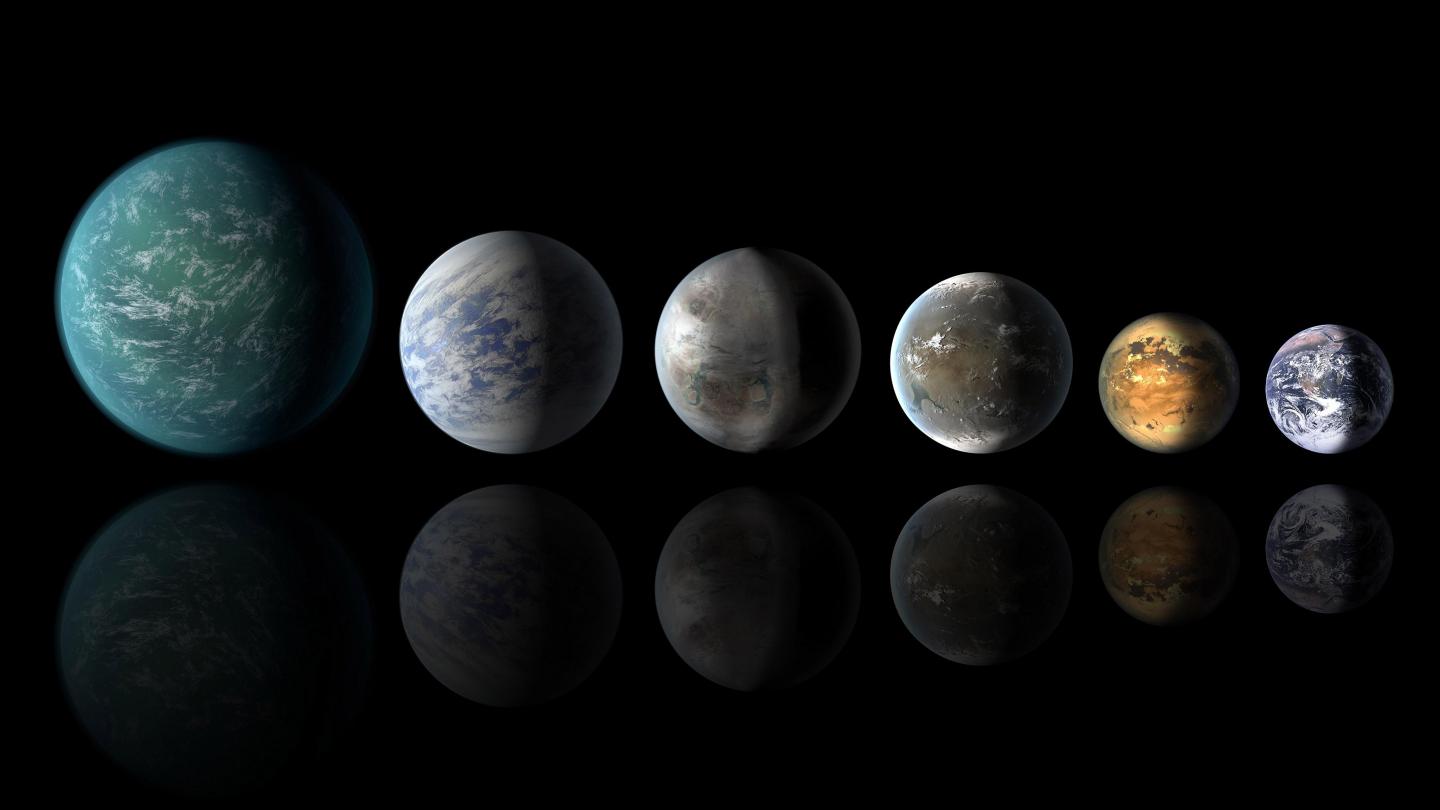
Welcome back to our Fermi Paradox series, where we take a look at possible resolutions to Enrico Fermi’s famous question, “Where Is Everybody?” Today, we examine the possibility that the reason for the Great Silence is that many planets out there are just too watery!
In 1950, Italian-American physicist Enrico Fermi sat down to lunch with some of his colleagues at the Los Alamos National Laboratory, where he had worked five years prior as part of the Manhattan Project. According to various accounts, the conversation turned to aliens and the recent spate of UFOs. Into this, Fermi issued a statement that would go down in the annals of history: “Where is everybody?“
This became the basis of the Fermi Paradox, which refers to the disparity between high probability estimates for the existence of extraterrestrial intelligence (ETI) and the apparent lack of evidence. Since Fermi’s time, there have been several proposed resolutions to his question, which includes the possibility that many exoplanets are Waterworlds, where water is so plentiful that life will be less likely to emerge and thrive.
Continue reading “Beyond “Fermi’s Paradox” XII: What is the Waterworlds Hypothesis?”Based on Kepler Data, There’s a 95% Chance of an Earth-Like Planet Within 20 Light-Years
In the past few decades, the study of exoplanets has grown by leaps and bounds, with 4296 confirmed discoveries in 3,188 systems and an additional 5,634 candidates awaiting confirmation. Because of this, scientists have been able to get a better idea about the number of potentially-habitable planets that could be out there. A popular target is stars like our own, which are known as G-type yellow dwarfs.
Recently, an international team of scientists (led by researchers from the NASA Ames Research Center) combined data from by the now-defunct Kepler Space Telescope and the European Space Agency’s (ESA) Gaia Observatory. What this revealed is that half of the Sun-like stars in our Universe could have rocky, potentially-habitable planets, the closest of which could be in our cosmic backyard!
Continue reading “Based on Kepler Data, There’s a 95% Chance of an Earth-Like Planet Within 20 Light-Years”The Youngest Stellar Disk Ever Seen, Just 500,000 Years Old
Unless you’re reading this in an aircraft or the International Space Station, then you’re currently residing on the surface of a planet. You’re here because the planet is here. But how did the planet get here? Like a rolling snowball picking up more snow, planets form from loose dust and gas surrounding young stars. As the planets orbit, their gravity draws in more of the lose material and they grow in mass. We’re not certain when the process of planet formation begins in orbit of new stars, but we have incredible new insights from one of the youngest solar systems ever observed called IRS 63.
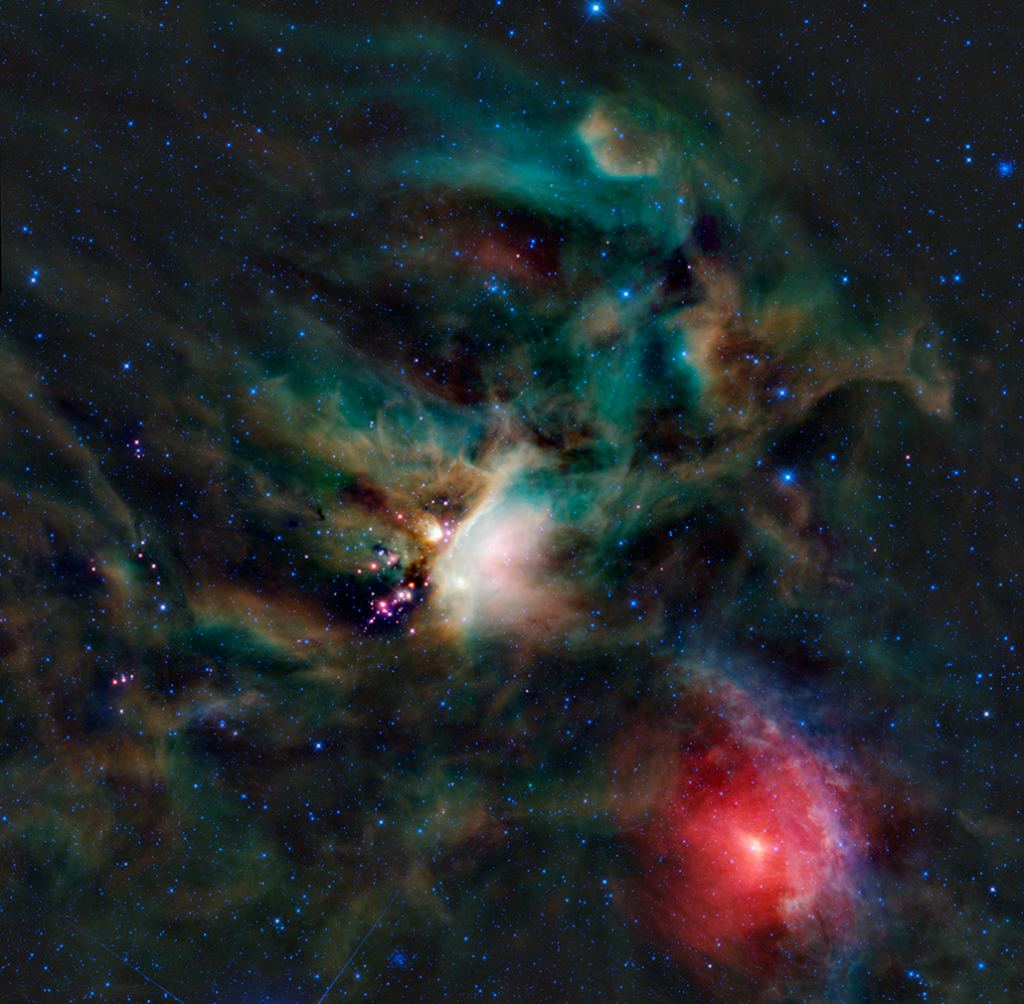
Primordial Soup
Swirling in orbit of young stars (or protostars) are massive disks of dust and gas called circumstellar disks. These disks are dense enough to be opaque hiding young solar systems from visible light. However, energy emanating from the protostar heats the dust which then glows in infrared radiation which more easily penetrates obstructions than wavelengths of visible light. In fact, the degree to which a newly forming star system is observed in either visible or infrared light determines its classification. Class 0 protostars are completely enshrouded and can only be observed in submillimeter wavelengths corresponding to far-infrared and microwave light. Class I protostars, are observable in the far-infrared, Class II in near-infrared/red, and finally a Class III protostar’s surface and solar system can be observed in visible light as the remaining dust and gas is either blown away by the increasing energy of the star AND/OR has formed into PLANETS! That’s where we came from. That leftover material orbiting newly forming stars is what accumulates to form US. The whole process from Class 0 to Class III, when the solar system leaves its cocoon of dust and joins the galaxy, is about 10 million years. But at what stage does planet formation begin? The youngest circumstellar disks we’d observed are a million years old and had shown evidence that planetary formation had already begun. The recently observed IRS 63 is less than 500,000 years old – Class I – and shows signs of possible planet formation. The excitement? We were surprised to see evidence of planetary formation so early in the life of a solar system.
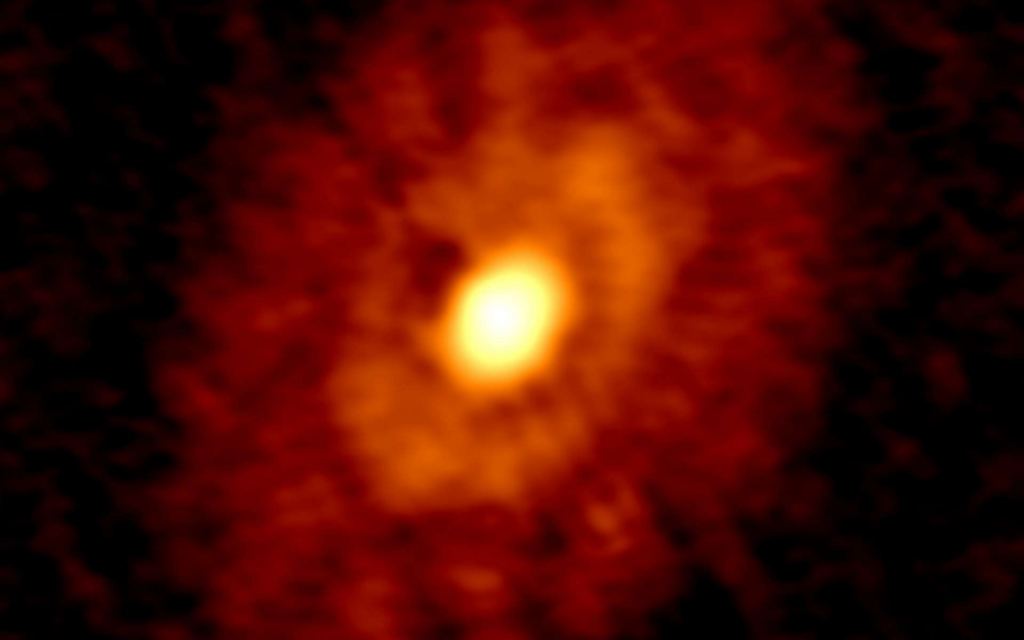
The Color of Habitable Worlds
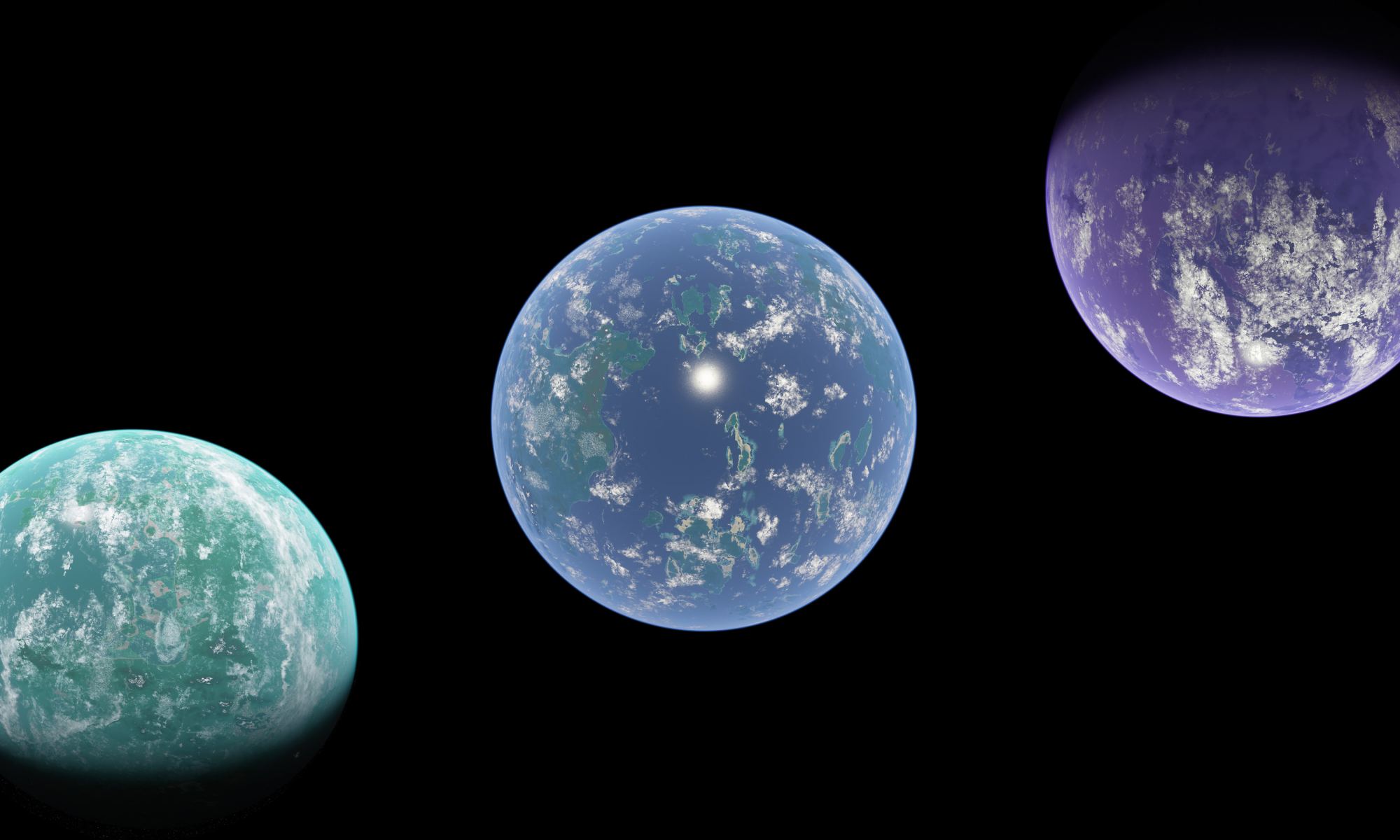
“This is where we live. On a Blue Dot.” said Carl Sagan when the now famous Pale Blue Dot photo was released. Captured February 14, 1990 by the Voyager 1 Space Probe, Pale Blue Dot remains the most distant photograph of the Earth ever taken at 6 billion kilometers. This past February marked the 30th anniversary of Pale Blue Dot which was reprocessed using modern digital photo techniques creating an even more remarkable image.

Whether Pale Blue Dot, or Blue Marble, our planet is associated with the color blue. As Earth is the only inhabited world we know of, it might stand to reason that other habitable planets in space will also be blue. But it’s a little more complicated than that.
Continue reading “The Color of Habitable Worlds”Planets Don’t Wait for Their Star to Form First
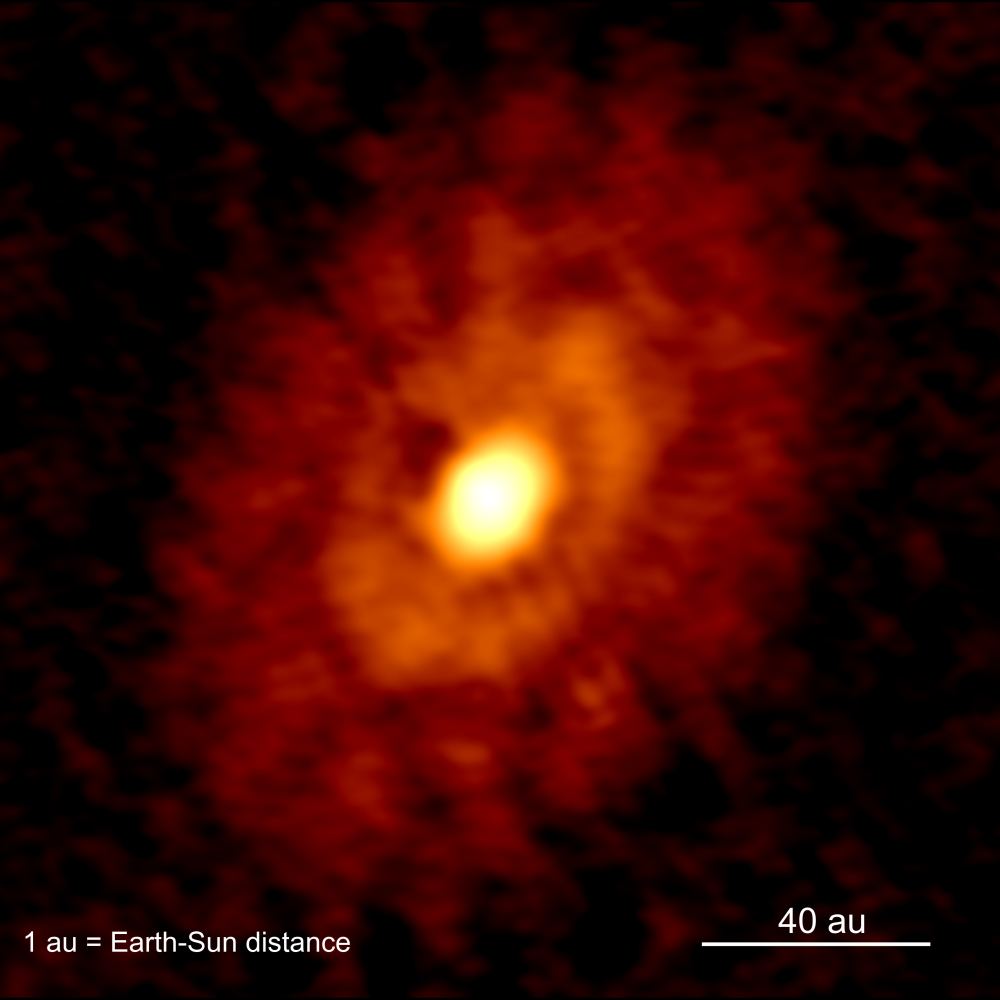
It looks like we may have to update our theories on how stars and planets form in new solar systems. A team of astronomers has discovered young planets forming in a solar system that’s only about 500,000 years old. Prior to this discovery, astronomers thought that stars are well into their adult life of fusion before planets formed from left over material in the circumstellar disk.
Now, according to a new study, it looks like planets and stars can form and grow up together.
Continue reading “Planets Don’t Wait for Their Star to Form First”Time Flies. NASA Releases a Mosaic of TESS’ View of the Northern Sky After Two Years of Operation

NASA’s TESS planet-finding spacecraft completed its primary mission about 3 months ago. TESS’s (Transiting Exoplanet Survey Satellite) job was to search the brightest stars nearest to Earth for transiting exoplanets. It found 74 confirmed exoplanets, with another ~1200 candidates awaiting confirmation.
It surveyed 75% of the sky during its two-year primary mission, and now NASA has released a composite image of the northern sky, made up of more than 200 individual images.
Continue reading “Time Flies. NASA Releases a Mosaic of TESS’ View of the Northern Sky After Two Years of Operation”Here’s a Clever Idea, Looking for the Shadows of Trees On Exoplanets to Detect Multicellular Life
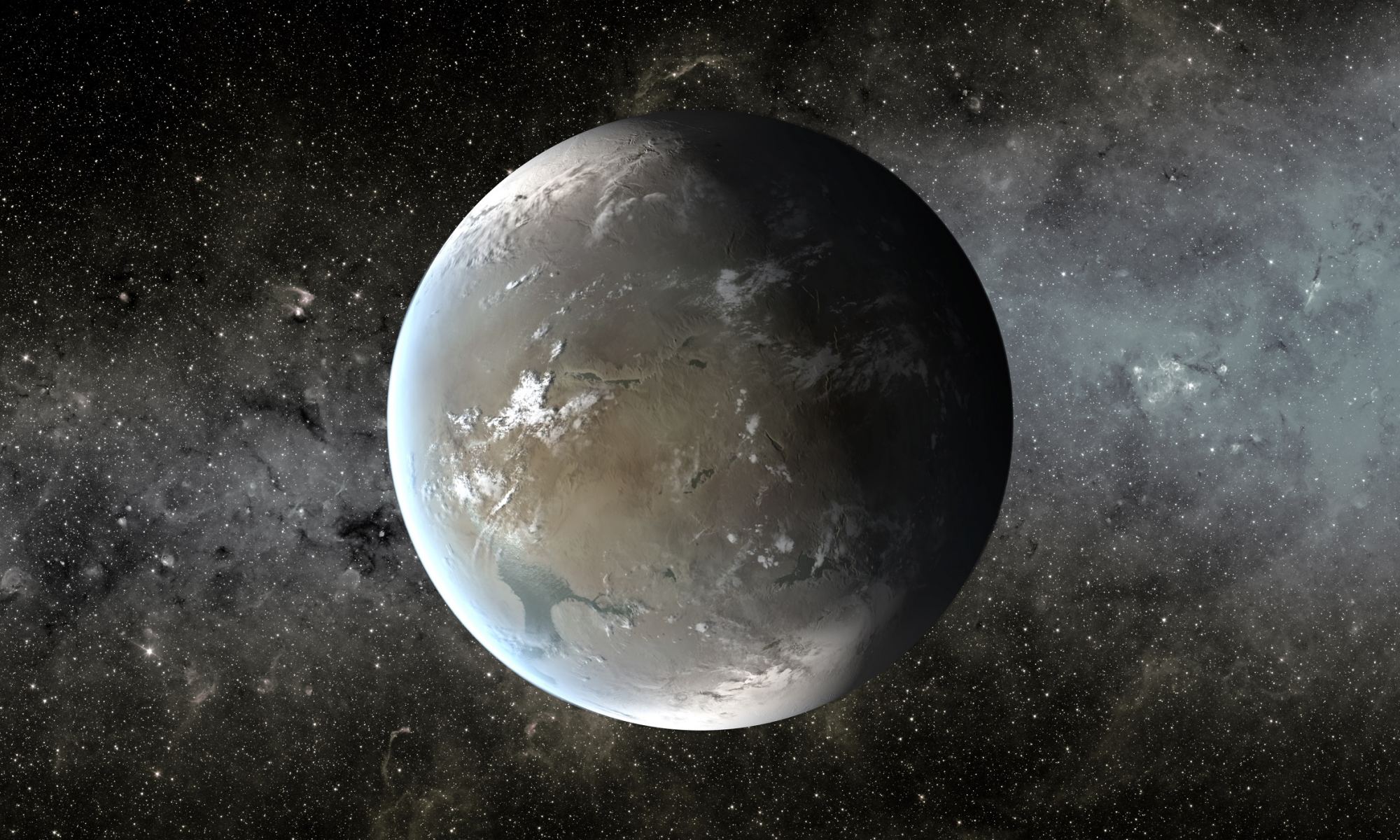
That’s the kind of headline that can leave us scratching our heads. How can you see tree shadows on other worlds, when those planets are tens or hundreds of light years—or even further—away. As it turns out, there might be a way to do it.
One team of researchers thinks that the idea could potentially be used to answer one of humanity’s long-standing questions: Are we alone?
Continue reading “Here’s a Clever Idea, Looking for the Shadows of Trees On Exoplanets to Detect Multicellular Life”Those are Exoplanets. You’re Looking at Actual Exoplanets 63 Light-Years Away!
Located 63.4 light-years from Earth in the constellation Pictor is the young and bright blue star, Beta Pictoris. In 2008, observations conducted from the ESO’s Paranal Observatory in Chile confirmed the presence of an extrasolar planet. This planet was Beta Pictoris b, a Super-Jupiter with an orbital period of up between 6890 and 8890 days (~19 to 24 years) that was confirmed by directly imaging it as it passed behind the star.
In August of 2019, a second planet was detected (another Super-Jupiter) orbiting closer to Beta Pictoris. However, due to its proximity to its parent star, it could only be studied through indirect means (radial velocity measurements). After conducting a reanalysis of data obtained by the VLT, astronomers with the GRAVITY collaboration were able to confirm the existence of Beta Pictoris c through direct imaging.
Continue reading “Those are Exoplanets. You’re Looking at Actual Exoplanets 63 Light-Years Away!”Astronomers think they’ve found an exoplanet in a galaxy 23 million light-years away
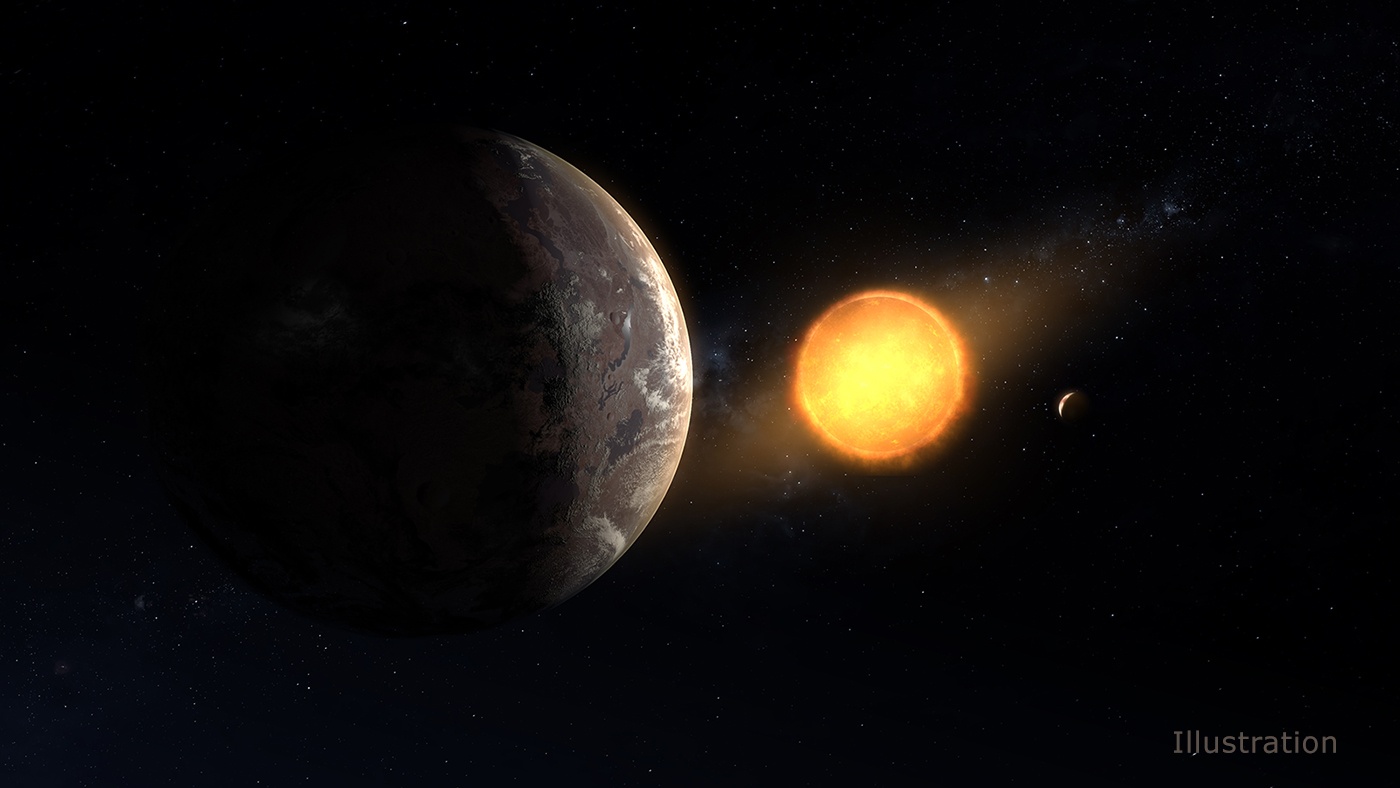
Using a variety of techniques astronomers have successfully identified thousands of exoplanets, which are planets orbiting stars outside of our own solar system. But a new research paper introduces a breakthrough: the first detection of an exoplanet not just in another solar system, but in an entirely different galaxy sitting millions of light years away.
Continue reading “Astronomers think they’ve found an exoplanet in a galaxy 23 million light-years away”

